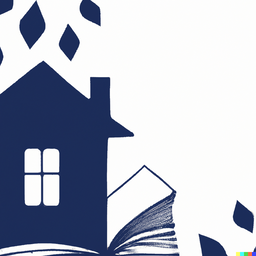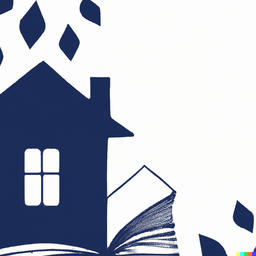
How does "House of Leaves" engage with the genre of horror?
Mark Z. Danielewski’s complex postmodern novel House of Leaves employs formal innovations and unconventional storytelling techniques that both draw from classic horror traditions and deconstruct clichés. Evaluating the novel’s treatment of horror conventions provides insight into Danielewski’s genre commentary and philosophical themes.
Tapping into Primal Fears - The Haunted House Motif in House of Leaves
On a basic level, the novel’s central conceit of a house that defies spatial logic to become a sentient, shape-shifting entity correlates to typical haunted house motifs. Danielewski taps into primal fears of the familiar home made sinister and the unknown.
Beyond Jump Scares - Psychological Horror and the Complexity of Nightmares
However, Danielewski also eschews simplistic jump scares in favor of more psychological, atmospheric horror of isolation, obsession, and fraying sanity. Through nested unreliable narratives and shifting typography, he generates an intricately crafted nightmare too grounded for conventional resolutions.
Transcending Genre - Horror as a Tool for Exploring Existential Angst
Ultimately, Danielewski transcends genre limitations by using horror to profound conceptual ends, exploring existential angst and the limits of knowledge through a self-aware postmodern lens. Horror becomes a means to interrogate reality itself through an elaborate fictional artifact.
Pioneering Horror with Depth - Revelations About Human Nature in House of Leaves
House of Leaves pays homage to classic horror in its central haunted house premise but expands beyond familiar constructs through innovations in form, technique, and thematics. Danielewski reveals philosophical depth within pulp phenomena, pioneering a horror that lingers not through shocks but revelations about human nature.
Popular posts
-

Unofficial Sparknotes Guide to "House of Leaves" by Mark Z. Danielewski
November 2nd, 2023
-

Chapter Summaries of "House of Leaves"
November 2nd, 2023
-

Character Analyses in "House of Leaves"
November 2nd, 2023
-

Themes in "House of Leaves"
November 2nd, 2023
-

Notable Quotes from "House of Leaves"
November 2nd, 2023
-

Discussion Questions for "House of Leaves"
November 2nd, 2023